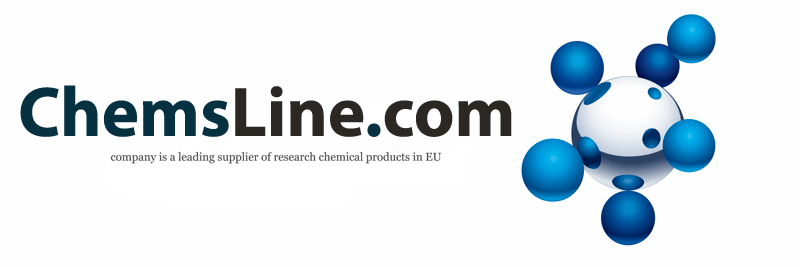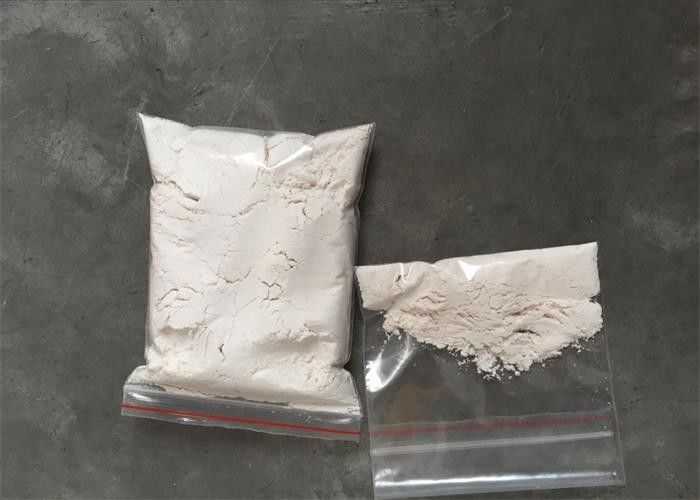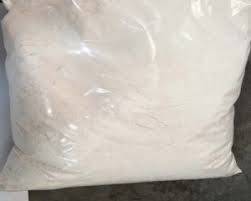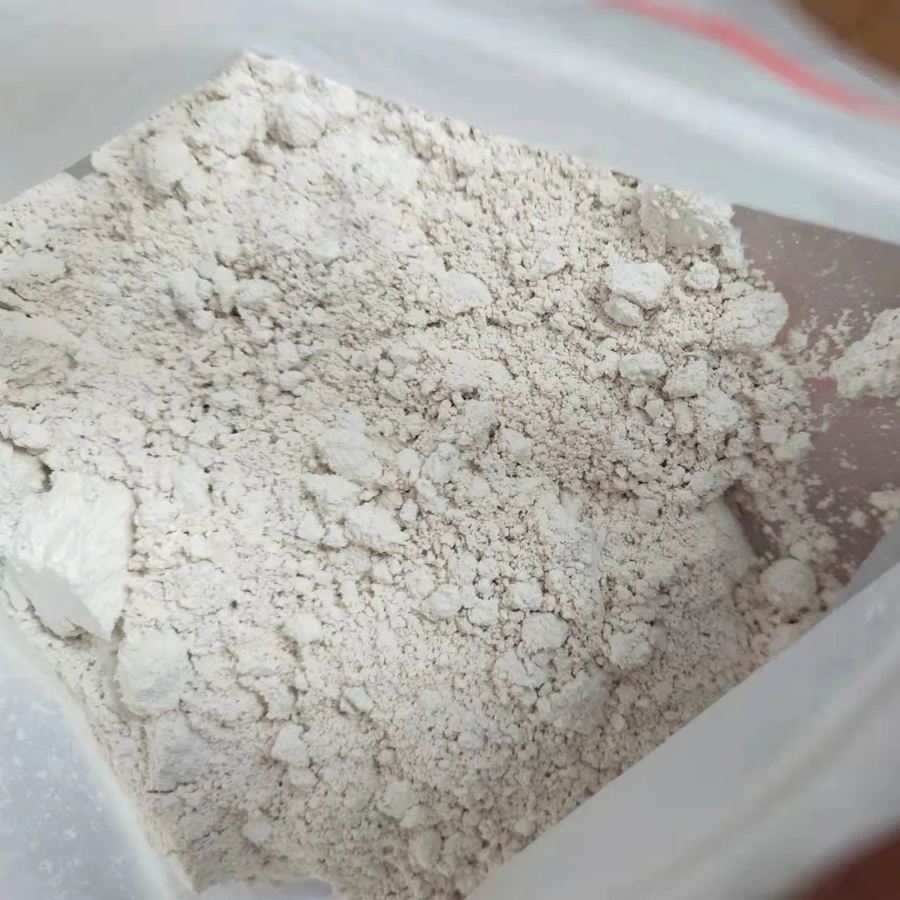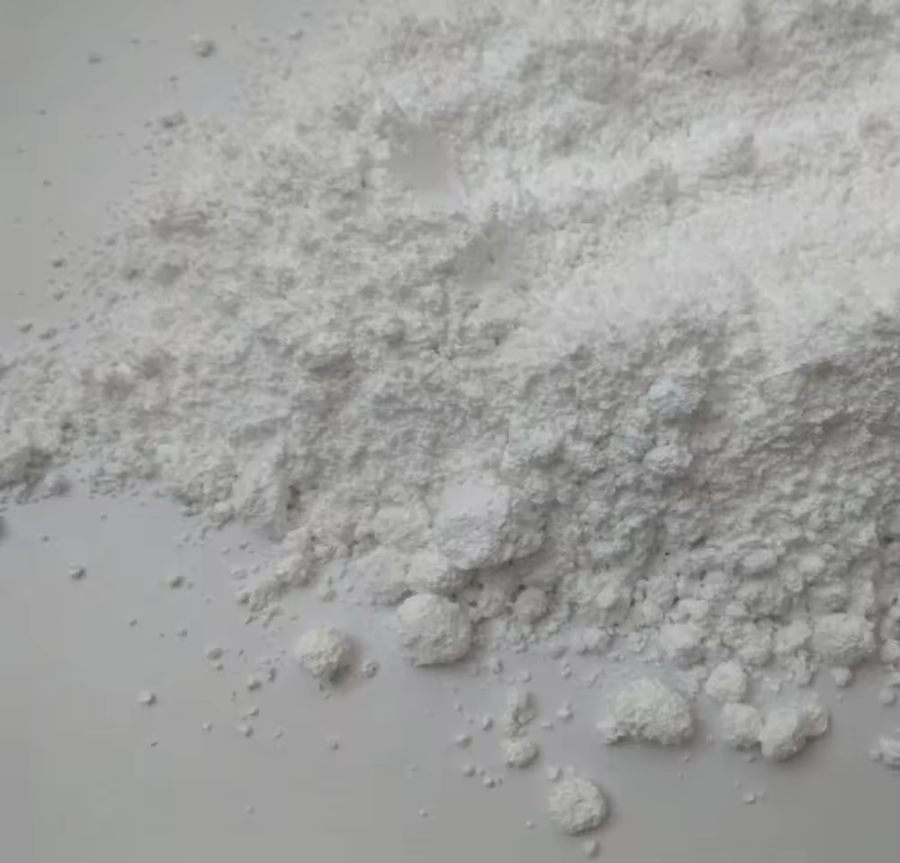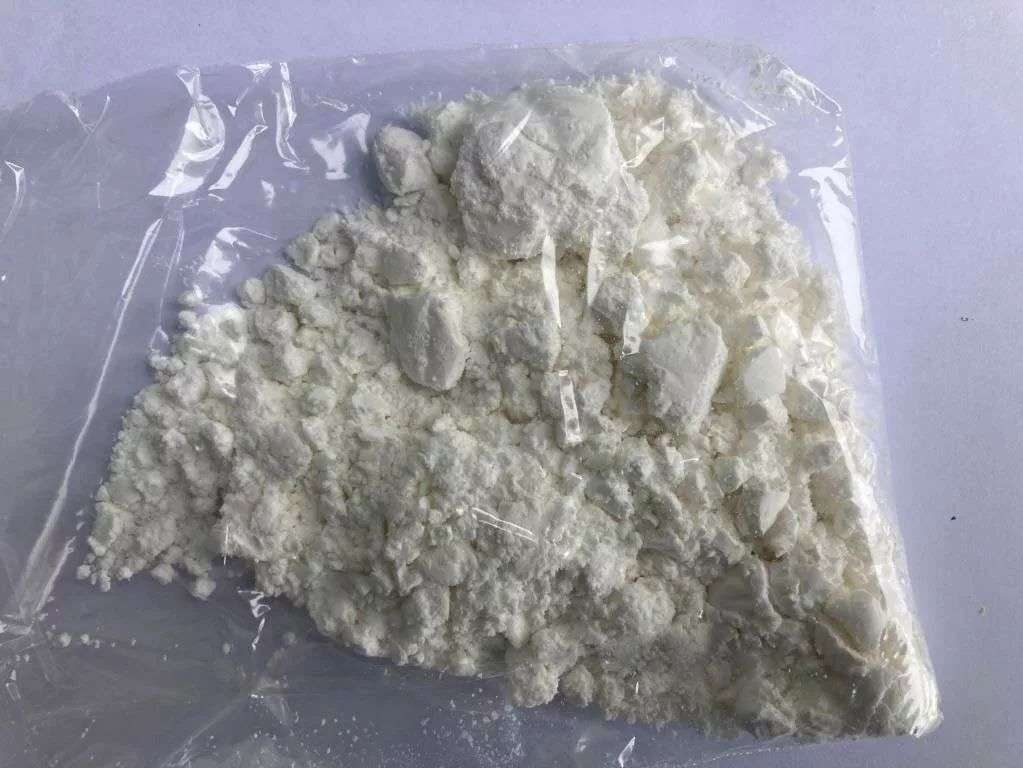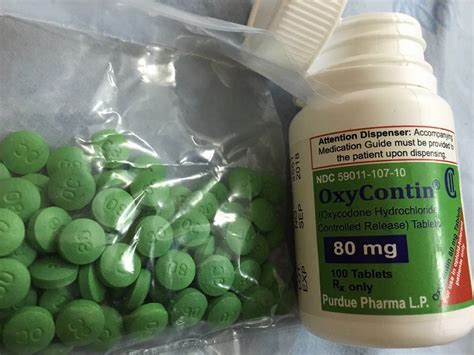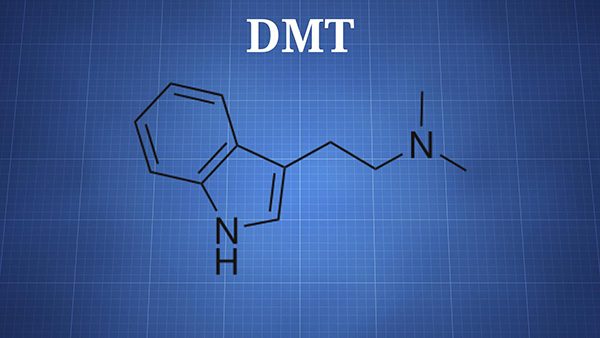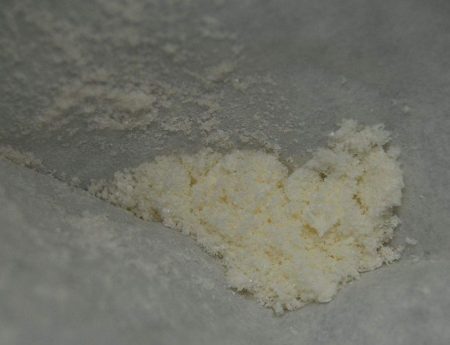
Dimethyltryptamine (DMT) is a tryptamine derivative whose molecule includes two additional methyl groups in the position of the nitrogen atom at the amine group. DMT was first isolated from Mimosa root in 1946 by Brazilian ethnobotanist and chemist Goncalves deLima, who gave this substance the name “Nigerin” (Nigerine). The first chemical synthesis of DMT was carried out by the English chemist Richard Mansky in 1931.
For the first time, the psychotropic properties of DMT were studied in the mid-50s by Hungarian doctor Stephen Zara. Feeling an interest in psychoactive substances, Dr. Zara ordered the substance LSD from Sandoz. Recently discovered at that time, LSD aroused great interest among scientists. However, Sandoz refused to supply due to fear that the LSD would fall into the hands of the communist regime, which could have undesirable consequences. Due to the inability to obtain LSD, Dr. Zara turned his attention to the chemically less complex DMT, suggesting its psychoactive properties due to its similarity to serotonin.
DMT is a very strong psychoactive substance capable of causing intense entheogenic experiences with powerful visual and auditory hallucinations, perception of a different course of time and the ability to experience experiences in realities other than the usual. People who have experienced DMT trip often say that these experiences are so different from anything known to man that it is almost impossible to describe or express them in verbal or other form. Some users report extremely intense visual and sensory experiences of an erotic nature when using DMT in a ritualistic sexual context.
Professor Alan Watts described the DMT effect as follows: “Charge the whole universe into the barrel of a cannon. Aim for the brain. Shoot!”
In studies conducted in 1990-1995 by psychiatrist Rick Strassman at the University of New Mexico, it turned out that many participating volunteers experienced experiences of extraterrestrial life among beings who were characterized as “elves”, “aliens”, “guides” and “helpers”. At the same time, in visual terms, some of these creatures resembled clowns, reptiles, mantises, bees, spiders, cacti, gnomes and figures made of sticks. At least one of the study participants reported sexual contact with one of these creatures, while others often reported erotic experiences. In general, all the research participants reported that these creatures are residents of a parallel, independent reality, the way to which DMT reception opens.
When DMT evaporates, the smoke it produces often causes unpleasant sensations in the lungs. According to Rick Strassman’s research, “Dimethyltryptamine, depending on the dose, causes an increase in blood pressure, heart rate, pupil diameter, rectal temperature, in addition to an increase in blood concentrations of beta-endorphins, corticotropin, cortisol and prolactin. The level of growth hormones also increased at any doses of DMT, but the level of melatonin had no effect”

A number of speculative theories proposed by various researchers suggest that endogenous DMT produced by the human brain in certain psychological and neurological states is used by the body to induce visual effects in the process of natural dreams, clinical death experiences and pre-diagonal brain states, as well as other mystical experiences. The biochemical mechanism of this phenomenon was proposed by the researcher en:J. C. Callaway in a 1988 paper, where it was suggested that DMT may be associated with the phenomenon of dreams, and other natural brain states, where the mechanism is an increase in the level of endogenous DMT in the human brain.
In Rick Strassman’s research in the 1990s, an even bolder assumption was made – that the human brain releases a large amount of DMT from the epiphysis at the moment preceding death or when experiencing a near—death state. This explains the intense visual effects reported by people who have experienced clinical death or near-death condition.
In the 1950s, the theory was popular that the endogenous production of psychoactive agents explains the symptoms of hallucinating patients with certain mental illnesses (the “Transmethylation hypothesis” – English: transmethylation hypothesis). In particular, in this way they tried to find an explanation for schizophrenia (see also the adrenochromic hypothesis of the pathogenesis of schizophrenia). However, this theory could not explain the presence of endogenous DMT in normal healthy people, as well as laboratory mice and other animals. In light of this, the assumption about the function of endogenous DMT as an agent that causes the visual effects of natural dreams looks more solid.
However, an exact proof of this assumption is impossible for ethical reasons – biological samples for research must be obtained from a living human brain.
Terence McKenna, the author of a number of books that mention the topic of DMT, described his experience of use, in which there was an encounter with creatures that he called “Self-Transforming Machine Elves” (Eng. Self-Transforming Machine Elves). McKenna credits DMT as a tool that can be used to communicate with beings from other worlds. Similar reports are also given by other users who have experienced DMT trips. It is also often reported about meetings with intelligent beings who are trying to find out information about our reality.
DMT: The Spirit Molecule is one of the most famous books about DMT written by Rick Strassman, a research scientist in the field of medicine. Strassman suggests that the epiphysis produces DMT in a natural process, due to the fact that all the necessary components for this process are found there. However, no one has yet tried to detect DMT in the epiphysis directly.
In most countries, DMT is classified by law as a drug and is banned.
